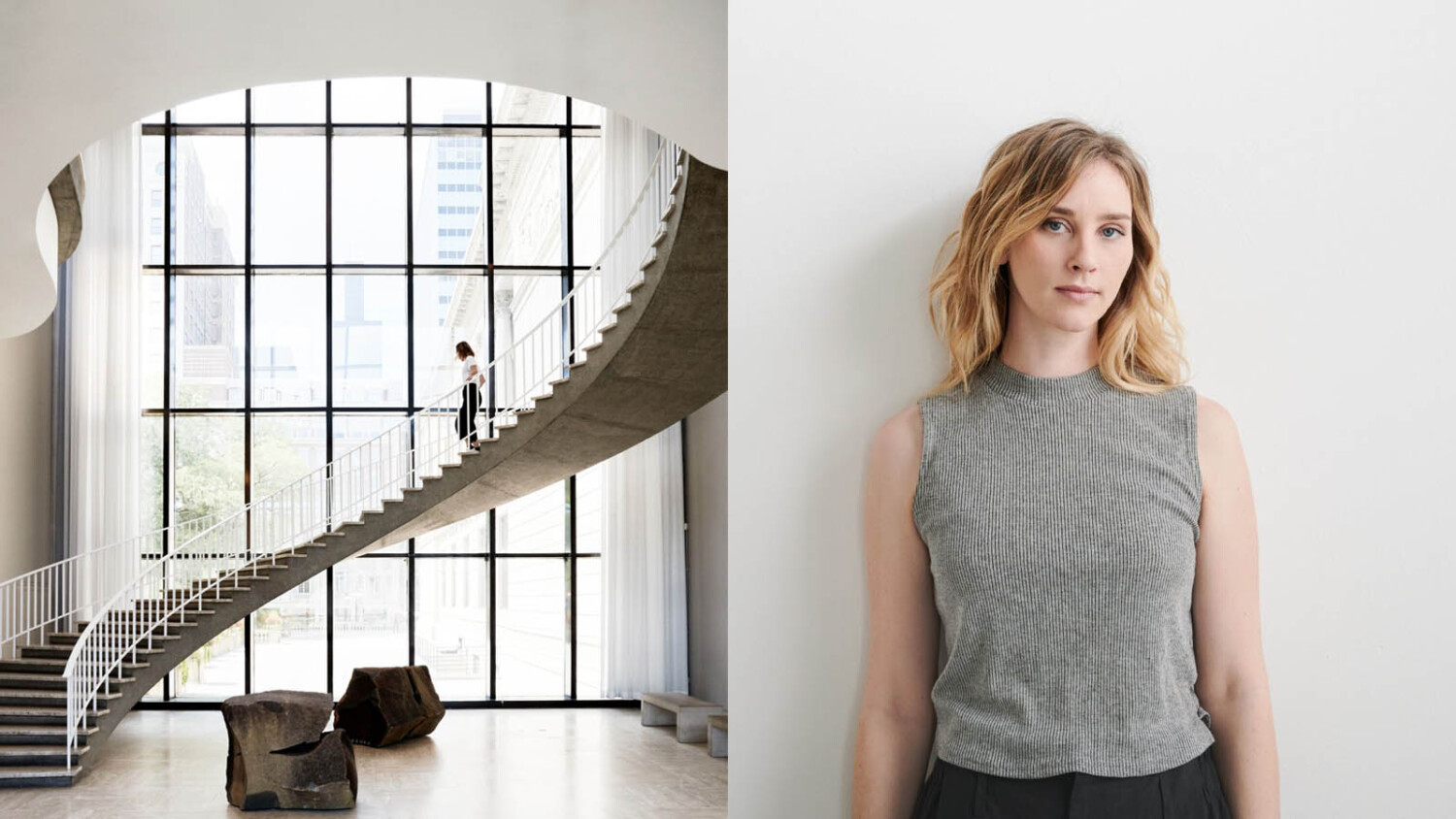Interviewing Brooke Holm: Seamlessly Blending Art and Architecture
Brooke Holm has carved out a successful career for herself shooting exactly what she wants, where she wants, and the results are beautiful. She effortlessly blends personal fine art projects with interior and architectural commissioned works in a sublime and delicate style, becoming a highly sought-after photographer in markets around the world.
Based in New York City with a foothold in markets around the world, Brooke works for interior designers, product designers, advertising agencies, and of course spends plenty of time on self-directed personal projects. I first met Brooke while we were shooting personal projects together at NASA (long story for another post!) and was inspired by her work ethic and her incredible depth of work.
When I first saw Brooke Holm’s work, I was immediately taken by its ability to retain a consistent, delicate style across genres. From photographing Namibian landscapes to high-end interior design in Dubai and New York City, to perfectly composed studio work that might as well be a Vermeer painting, her work has a sublime quality to it not often seen in architectural and interiors photography.
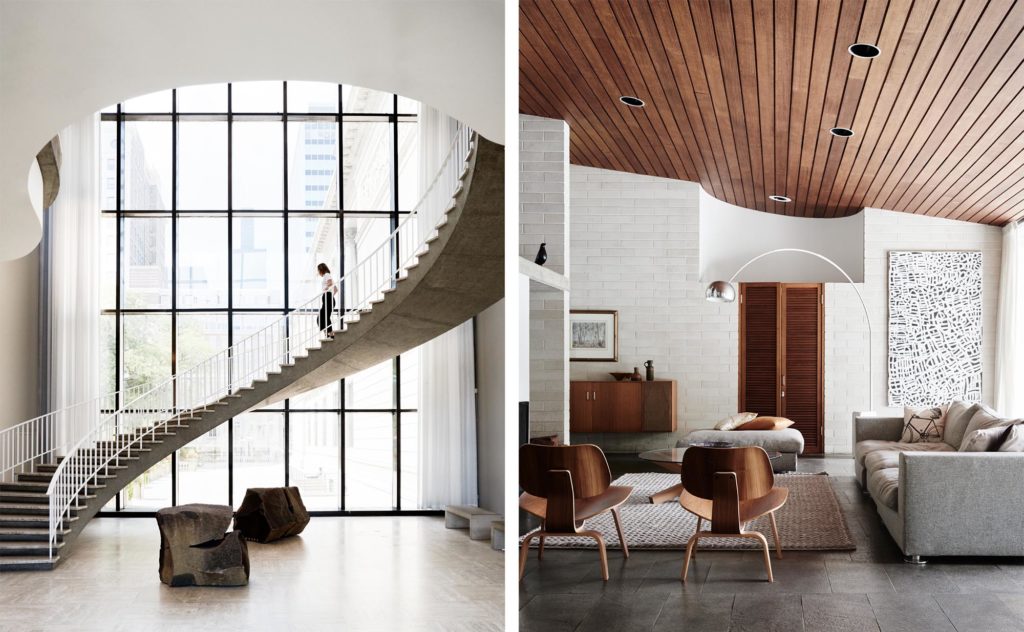
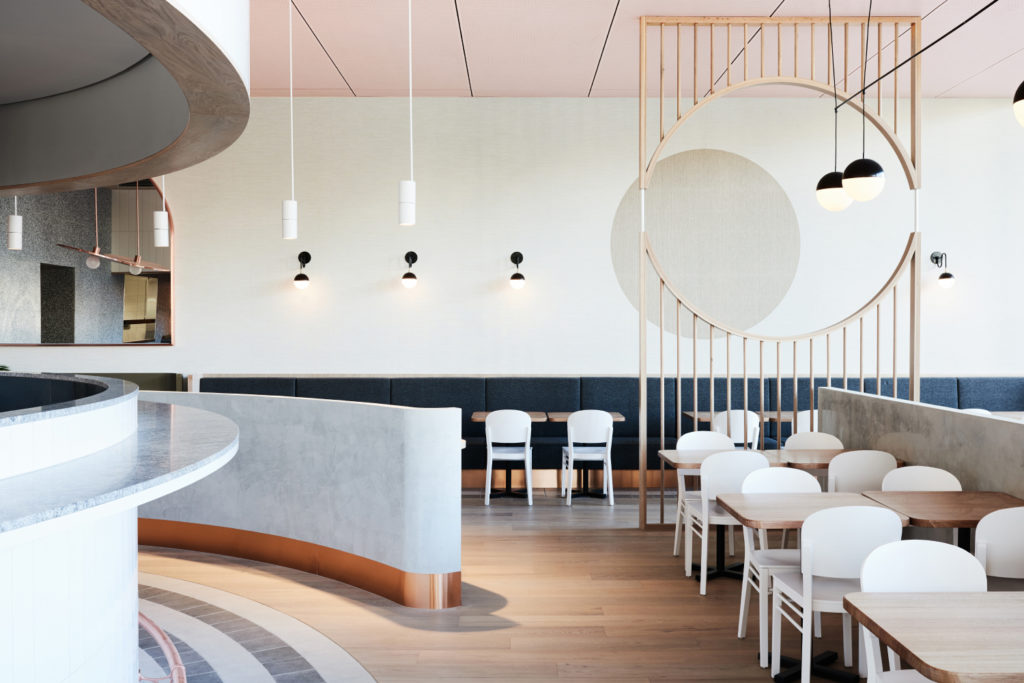
I first met Brooke on a project shooting at NASA’s New Orleans facility (long story for another time!) and was immediately inspired by her work ethic and the incredible depth of her portfolio. She was kind enough to sit down and answer a few questions for APAlmanac – and I hope you’re as inspired as I was, because she is definitely one to know and follow for inspiration.
Thanks for taking the time to be interviewed by APAlmanac. To get the ball rolling, can you tell us how you got started on the path of architectural/interior photographer?
Thank you for having me! I got started in Photography by happy accident. I was living in Brisbane, Australia at the time (the place I mostly grew up after leaving California when I was 9). What 17-year-old knows what to study straight after high school? I was definitely unsure, so I chose a bachelor’s degree that sounded vaguely interesting from a list. This was TV Production with a side dose of Marketing. The degree itself was kind of useless but after I finished university, I started working in an advertising agency; and one day in between getting milk and delivering coffees a camera was thrust into my hands. I was asked to go and take pictures of a billboard the agency had produced so they could use them in their marketing materials.
My one job was to make sure they were in focus. I came back with images that everyone was very happy with (too happy, potentially!) so it started to became a regular occurrence and I soon became the in house photographer. Because I knew very little about stills cameras at that point, I started looking into part time courses so I could learn more on the technical side while still working full time. I found a hybrid photography/design course at a college and it was excellent. They taught me all I needed to know and by the time I finished I was so keen to become a real photographer that I applied for a full-time photographer position in Melbourne, got it, and then packed up and moved. All the while I had been shooting for the agency getting more and more experience. They had me doing campaigns towards the end, so everything happened very fast. I had a knack for it, and I loved it so much.
After moving to Melbourne, I very quickly made contacts through word of mouth and shot anything and everything for anyone. Eventually I had enough work to go freelance, where I really honed in on what I wanted to shoot – interiors/architecture, still life and environmental work. I started finding people with well-designed homes on Instagram and asked them if my best friend (who was a stylist) and I could come and shoot it to submit to magazines. They would agree and we would shoot it and get published in major Australian interior magazines. From there my name was out in the world and lots of clients started coming my way. Interior designers, architects, still life clients etc. It was all very organic and exciting, and I have worked with some very talented folks over the years. Now I’m living and working in New York!
What equipment do you predominantly use, and how do you feel that it helps you create the images you want? How important would you say this equipment is to your creative process?
I switch between a Nikon full frame DLSR (D850) and my medium format Phase One with a variety of different lenses for both. Depending on the shoot I will use one or the other. Sometimes the Phase One can be overkill but it is such an amazing camera. The equipment is really important because I’m a total detail nerd. I want everything to be perfect and crispy and clean. When I first started, just having any camera was great but as I learned and grew, I quickly realized that I was outgrowing my gear. Having really great equipment for a job takes out some of the stress and guesswork…I always have to make various compromises while I’m on a shoot, but I can’t compromise on camera and lens quality. It has to be the best so it’s one less thing for me to worry about. But of course, things always go wrong, and fast thinking/troubleshooting is all part of the job.
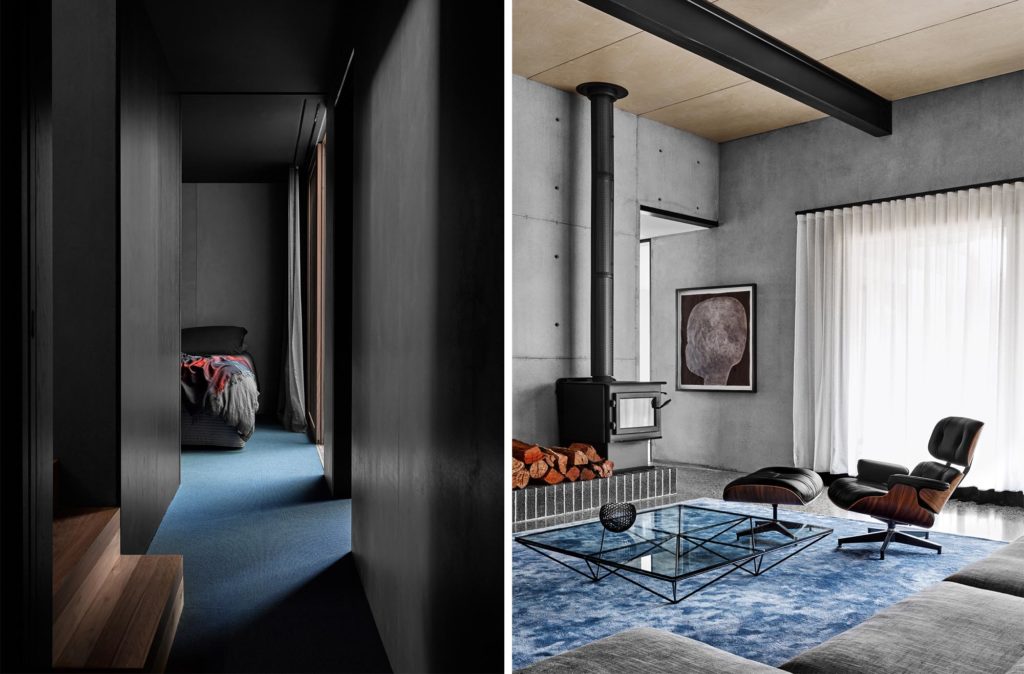
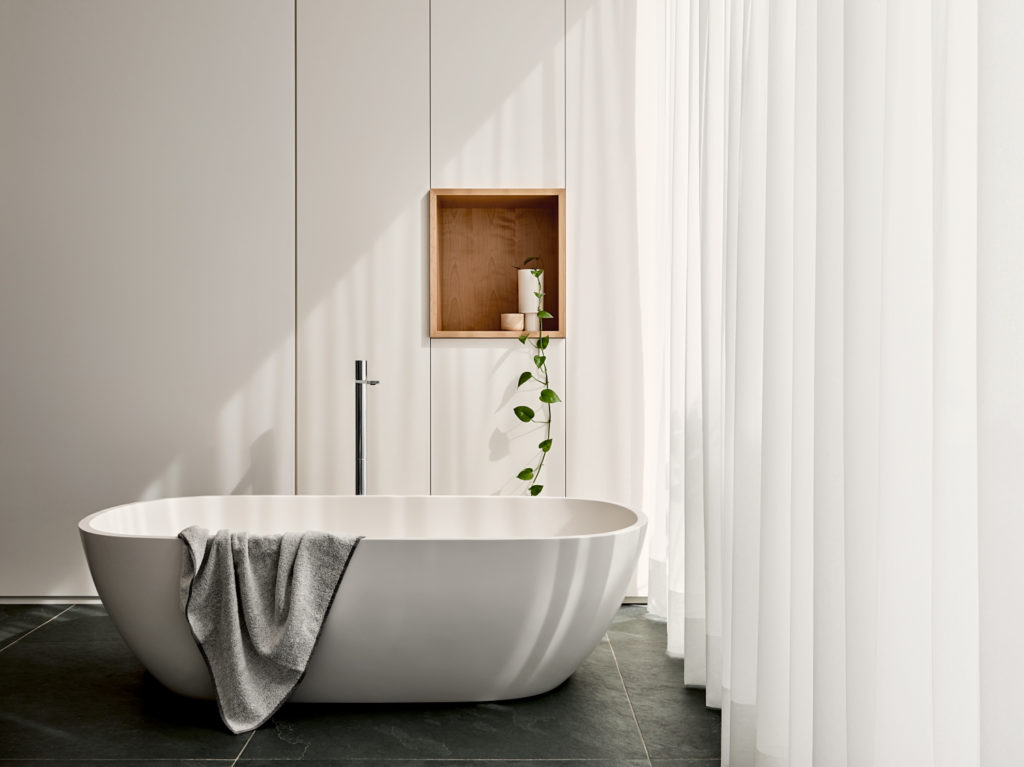
What role does post production play in your creative process, and how much weight does it carry in your final output?
I would say it’s half of the job. A flat raw file only gets you so far, especially with interiors and architecture. Retouching is where you can really add your own personality. For still life where you have 100% control of the light, you’re adding your personality first, in the way you light the images on set, and then just polishing afterwards. I think all images deserve to be processed to their fullest potential. Usually for interiors it’s a very personal editing and retouching process to get the grading and light just right so I rarely hand these over to a third party unless I have no time. However, for still life, a retoucher is more than capable of getting it to the right place so I often enlist some geniuses in that department.
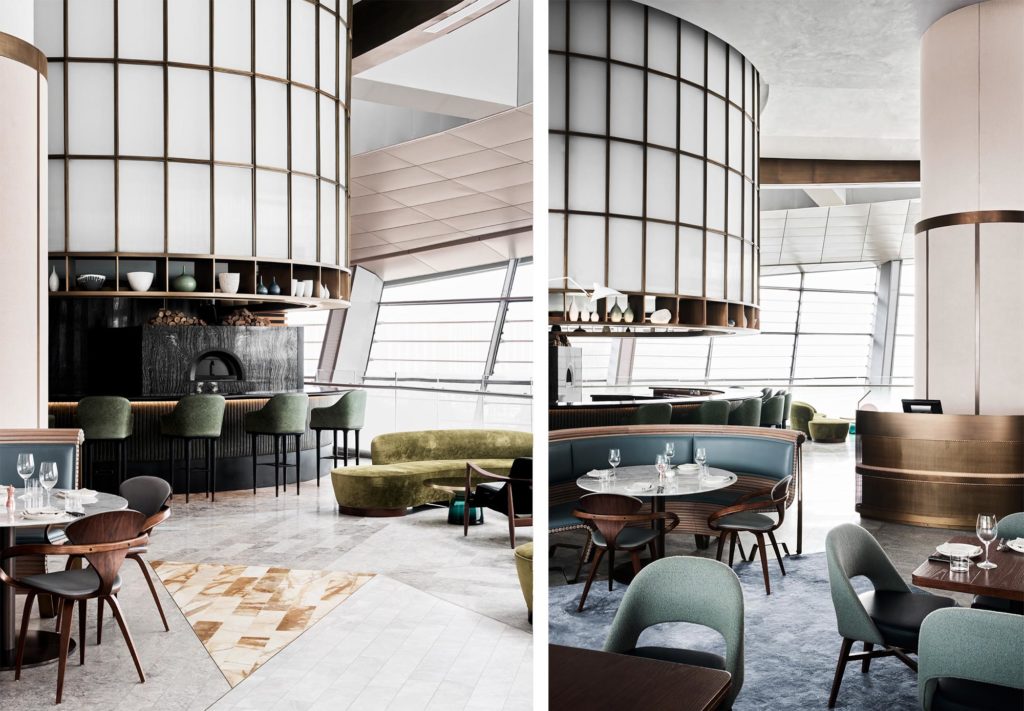
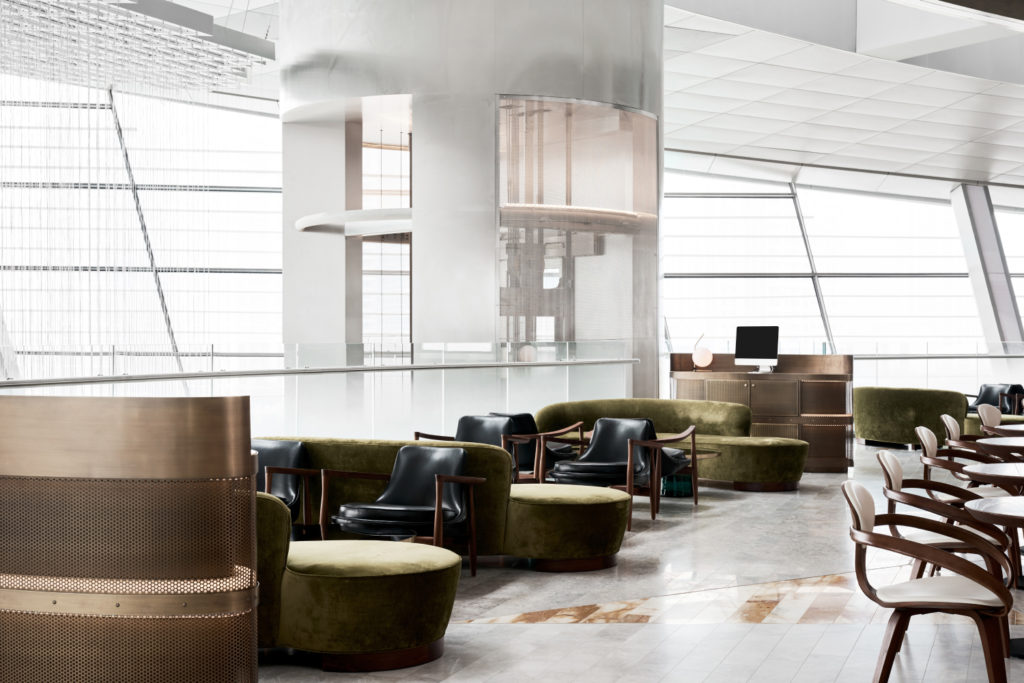
How do you generally approach an interiors or architecture project in terms of working with the client? Are you scouting, planning, meeting the client and tenants beforehand, or just showing up and working with the tools available, trying to overcome problems as you encounter them?
I will definitely do a scout to see the light, check where it will move at different times of the day (thanks sun tracking apps!) If I can’t for whatever reason, I ask for images from the client even if they’re just on an iPhone to get a feel for it. I definitely overcome problems as I encounter them, and usually its nothing I can’t figure out on the spot. My biggest fear is running out of light during the Winter months as I almost always shoot completely natural light for interiors/architecture.
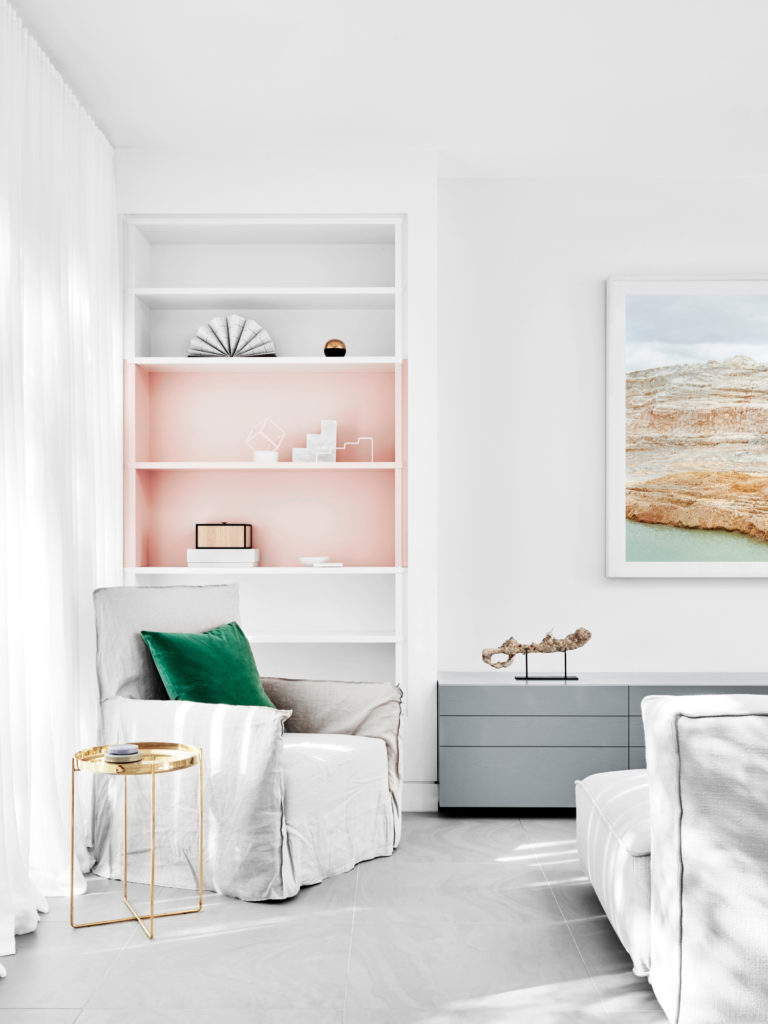
You have really perfected shooting in an evocative style that does a fantastic job of capturing a sense of place; I feel like I can see a Brooke Holm from a mile away and instantly recognize it – how important do you think it is for photographers to shoot in a unique style as opposed to trying to be a master of all trades from a style perspective?
Oh thanks! I’m not sure how people can effectively master different styles. You have to be yourself in the end because that’s hopefully why someone is hiring you. It’s hard to be fully unique in such a saturated industry but I try not to focus on being different than others or paying too much attention to what they’re doing – it just leads to self doubt. I just concentrate on the work I’m creating, making it look as good as I think it can look. And always trying to be better than myself. It’s all based on a feeling, and then knowing when it’s right. It’s also about standing your ground where you can. I’m a yes woman around clients but I also know when something looks hideous, and I will make it known and suggest something else.
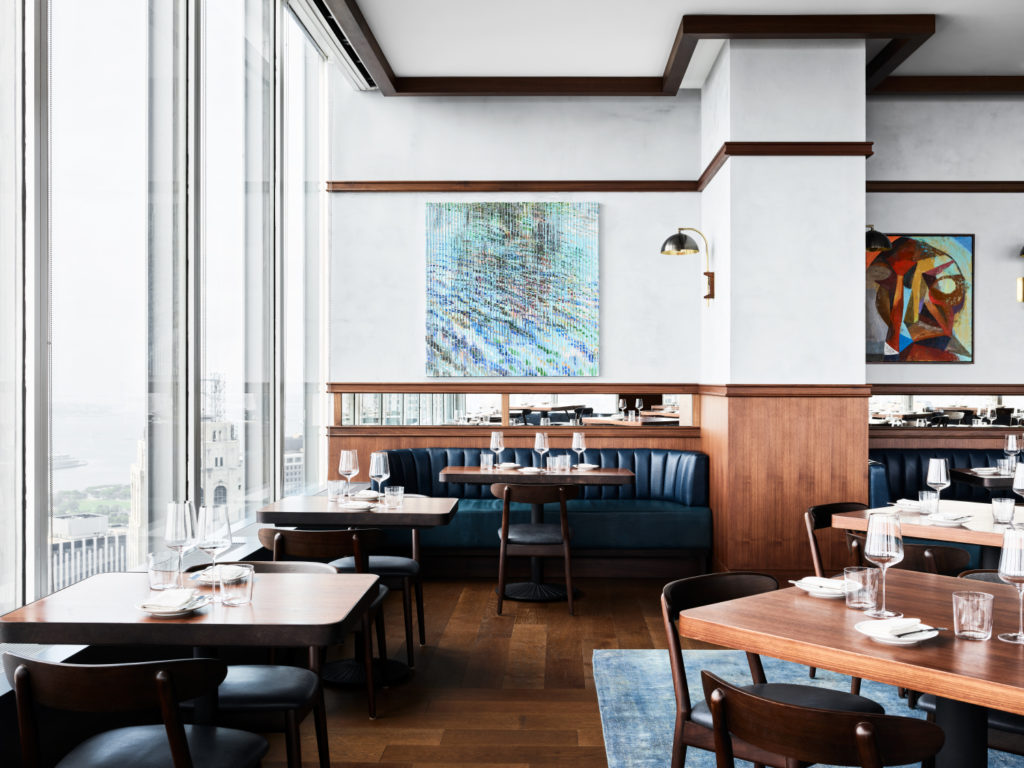
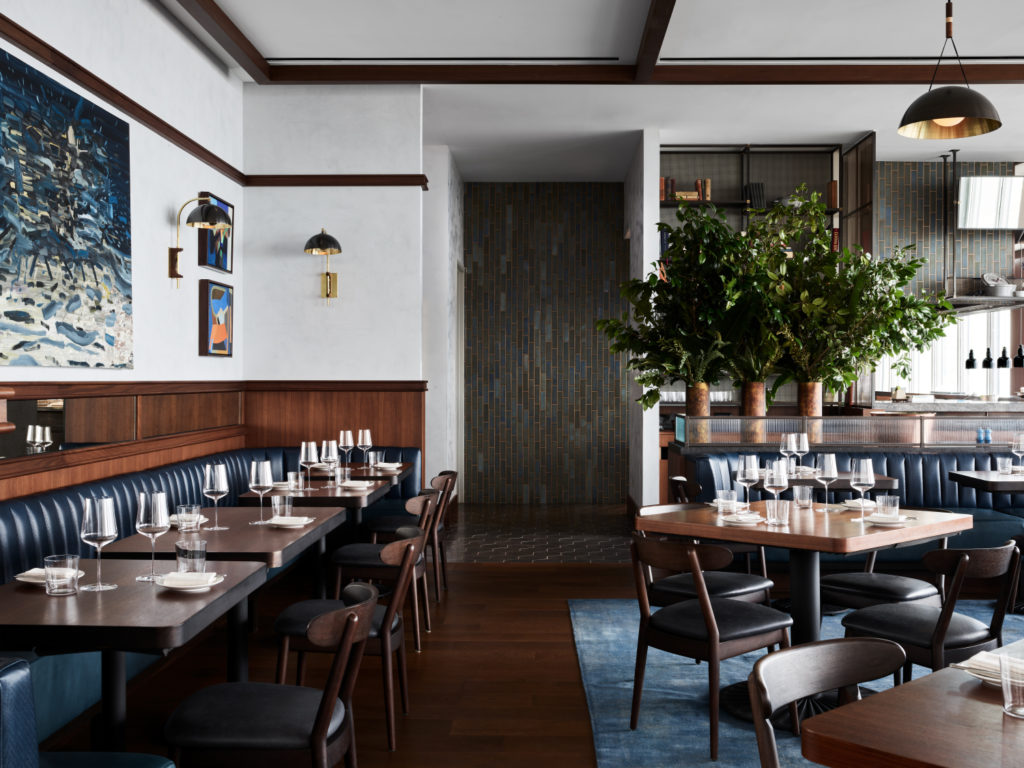
Speaking of being a “yes woman”, it’s no secret that architecture and by extension architectural photography is a male dominated profession. Are there certain difficulties you have faced as a female trying to grow your career in this field?
I haven’t necessarily felt direct opposition from clients because of being female – but people have more so pointed out that they could tell I was a female from my work. Which I’m unsure if that’s a compliment or a stab. Or if it’s even an opinion worth stating, haha! There definitely needs to be more women in this field, maybe particularly in the US. In Melbourne some of the most successful and well-known interior photographers are women, like Sharyn Cairns, Shannon McGrath and Dianna Snape to name a few, so it’s not all doom. At the end of the day you just have to be really good at your job and hopefully people will recognize and accept this no matter what you identify as. If not, good riddance.
You have an incredible body of self-funded art photography in addition to your interior and architectural work. How did you get started creating these images, and how do you feel that it informs your architectural work?
I was always drawn to nature since I was little. I was an avid climber, and probably the muddiest child of my siblings as I was always outside in the dirt and streams building forts. We camped a lot when I was little, and I was lucky enough to hike mountains close to home. My mum always said that one day I would probably rescue people from helicopters — what’s funny is now I shoot out of them! And maybe now the rescuing comes in a different form.
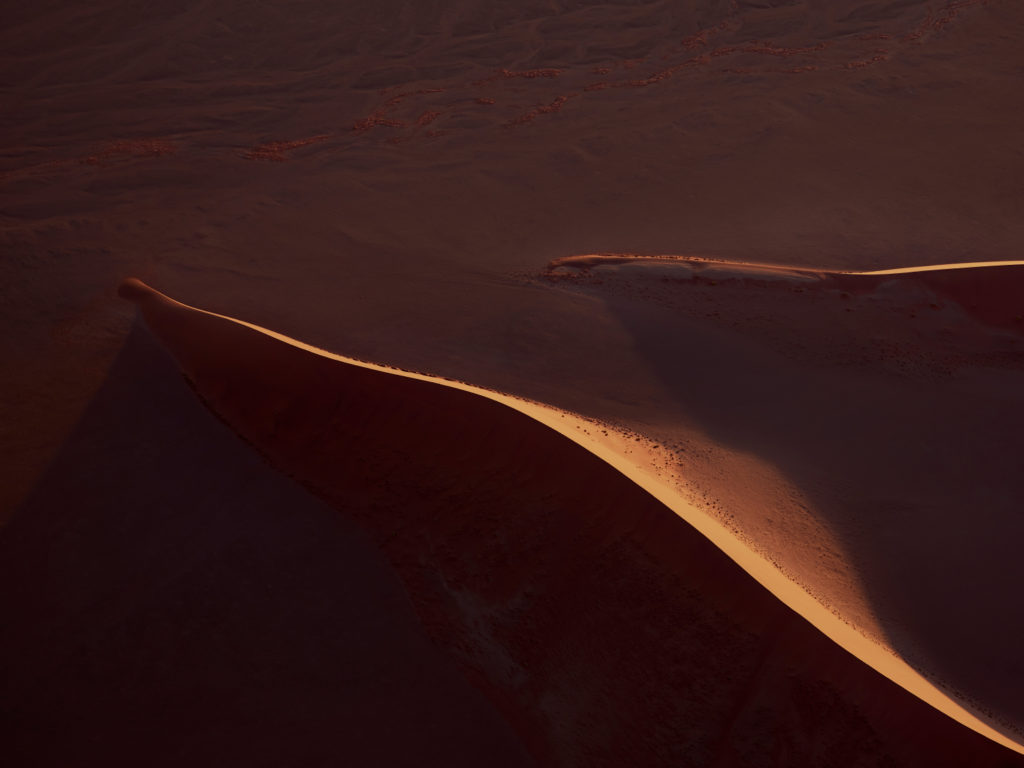

I started photographing nature when we would come to California from Australia to visit my dad. We often did road trips to national parks and as I became more and more obsessed with photography, I focused on shooting landscapes when I could. My first aerial shoot was from a helicopter in New Zealand maybe 7 years ago and from there I was hooked. Something about that perspective really changed the way I saw things. I’m drawn to shapes, lines, colors, details, light and shadow and shooting from above is an absolute plethora of these things.
As my work has developed and matured and my perspective has shifted, my focus lands more on the human/nature relationship and how we affect each other, whether good or bad. Humans have an undeniable connection to nature, yet humans abuse nature. And nature can destroy us. So, it’s an interesting ongoing study.
A lot of your personal work takes place in very harsh environments – Can you tell us what it’s like to work in these remote environments in terms of logistics and risks?
It can be a hell of a risk especially when shoots or events get planned very close to each other, or there are technical difficulties. I’ve learned to give things a little more breathing space because many times situations out of my control have completely obliterated a shoot. With shooting the environment, you are at the mercy of the elements so buffer time and flexibility helps. But you can’t control nature. And if I thought I could, I’d be contradicting the very work I seek to produce. At the core of it, it’s exhilarating, unpredictable and totally worth the mission to get there. And you sometimes end up with something better than you had hoped for, all because something didn’t go to plan.

Thank you so much for taking the time – do you have any interesting projects or events coming up that you’d like to tell our readers about?
Thank you! My pleasure. I’m about to have my third solo exhibition in Melbourne, called Sand Sea. The works were shot in the oldest desert in the world, the Namib Sand Sea in Namibia, Africa. I also have a book launching at the same time – this has been something I’ve been wanting to do for such a long time so I’m over the moon!
Lastly, I was also chosen for an artist residency in Svalbard for the month of June, a bunch of scientists, artists and educators will be thrown into a small ship together to work on individual projects. It should be a whole basket of fun. And it will be interesting to see how it’s changed since I was last there in 2015. We shall see!
Many thanks to Brooke Holm for taking the time to tell us about her life, career, and inspirations. Her work can be seen on her website, and be sure to follow her on instagram.
